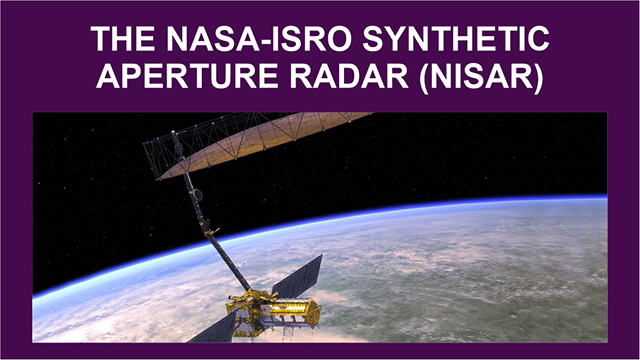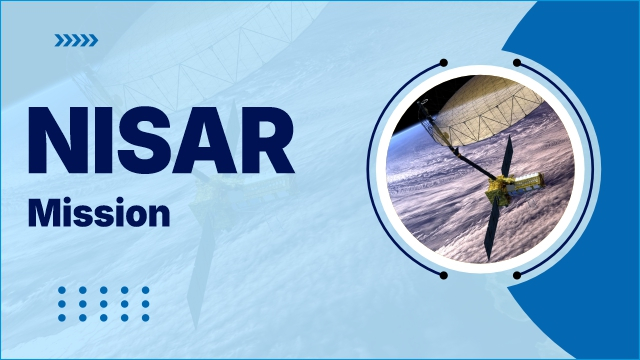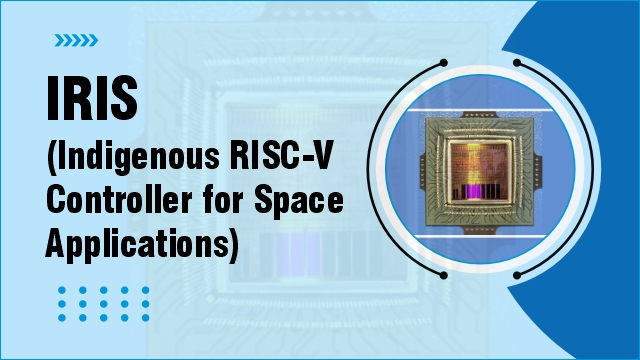Comprehensive News & Analysis
12:10:36
The NASA-ISRO Synthetic Aperture Radar (NISAR)
Context
The space agencies of both the countries signed an agreement to conduct a joint NISAR mission. The NASA-ISRO Synthetic Aperture Radar, also known as NISAR is scheduled to be launched by 2022. This was scheduled after India and the US agreed to share Space Situational Awareness Information with each other. This will catalyse efforts to create the conditions for a safe, stable and sustainable space environment.
Highlights
-
The NASA-ISRO Synthetic Aperture Radar (NISAR) mission is a joint project of NASA and ISRO.
-
NASA will share 808 million USD for the project and India will share 110 million USD for the project.
-
It has been initiated to co-develop and launch a dual-frequency synthetic aperture radar on the earth observation satellite.
-
It will be the 1st radar imaging satellite, which uses dual frequencies.
-
The dual frequency of the satellite will be used for remote sensing and understanding the natural processes on the earth such as Ice sheet collapse, Chunari ecosystem disturbances, natural hazards like tsunamis, earthquakes, landslides and volcanoes.
-
The mission will also study evolution and state of the earth crust.
-
The NISAR Mission will measure earth’s changing ecosystems, dynamic surfaces, and ice masses giving information about biomass, natural hazards, sea level rise and groundwater, and will support a host of other applications.
-
NISAR will also observe earth’s land and ice-covered surfaces globally with 12-day regularity on ascending and descending passes, sampling earth on average every 6 days for a baseline 3-year mission.
-
As per the agreement NASA is to provide the band synthetic aperture radar whereas ISRO is to provide S band synthetic aperture radar, satellite bus, launch vehicles and associated launch services.
-
The satellite will be launched from India on a Geosynchronous Satellite Launch Vehicle on a Sun-synchronous orbit.
-
Both India and US expressed the intent to continue the India-US Space Dialogue and they have also decided to hold discussions on areas of potential space defense cooperation.
Some other important developments
Between the US National Oceanic and Atmospheric Administration and the Ministry of Earth Sciences, a Memorandum of understanding was signed. According to the agreement, technical cooperation in earth observation and earth sciences is to take place between both the countries. This will help in developing a better understanding of regional and global weather conditions especially in the Indian Ocean region. It will also help the countries to learn about advancing common research goals in Oceanography, meteorology and management of living Marine resources.




